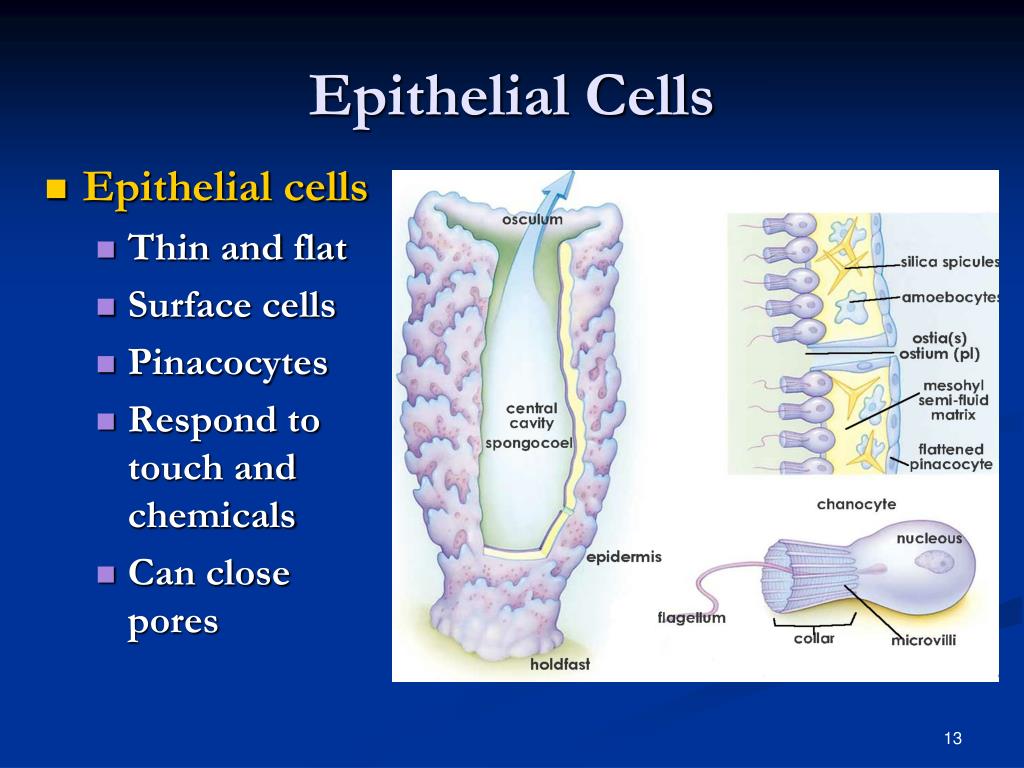



The split between the Parazoa and the Eumetazoa (all animal clades above Parazoa) likely took place over a billion years ago. This clade currently includes only the phylum Placozoa (containing a single species, Trichoplax adhaerens), and the phylum Porifera, containing the more familiar sponges ( Figure). We will start our investigation with the simplest of all the invertebratesâanimals sometimes classified within the clade Parazoa (âbeside the animalsâ). However, one of the most ancestral groups of deuterostome invertebrates, the Echinodermata, do produce tiny skeletal âbonesâ called ossicles that make up a true endoskeleton, or internal skeleton, covered by an epidermis. As we have seen, the vast majority of invertebrate animals do not possess a defined bony vertebral endoskeleton, or a bony cranium.


 0 kommentar(er)
0 kommentar(er)
